(c) owner's photo copyright on file, all rights reserved
Help for Smudge's Pulling
is on the Way:
Help for Smudge's Pulling
is on the Way:
Dear Judy:
I have recently adopted an abandoned Papillon, Smudge, who was rescued from a lake and turned in to Little Dog Rescue. I don't believe he knew how to walk on a leash when I got him, so it has been a challenge. He has tripped me already. I fell and hurt my hand, which I need for my work every day. I was trying to use a Gentle Leader, but the smallest size does not fit his face.
When I wrote to Carrie, she suggested I get your help. She pointed out that a Papillon's bone structure is very delicate, and many experts suggest harnesses rather than collars or the Gentle Leader to protect them from injury--particularly to their necks. Apparently, they are prone to collapsed tracheas, so walking a high-spirited Pap on a leash means that corrections may be dangerous during the training phase.
Carrie was careful to tell me that her Pap's original trainer had been against the idea of a harness during beginner training, but she continued because of her vet's insistence. She was able to train Oliver to walk nicely on a harness, and he responds to corrections without injury.
Smudge is getting better, but when he sees a squirrel, boy does he go crazy. I am walking him with a leash and collar now; sometimes I use his bra harness. He chewed it the other day, so now I'm afraid it will rip when he goes bonkers over the squirrels. Can you help me with some good strategies to get this boy in line.
Thanks, Patti
--------------------------------------------------------------------------------
Dear Patti:
Owning a Toy Breed has its own challenges, and training is one of the biggest. These pint-sized puppies are so small and fuzzy you can’t resist their cute little faces with baby soft brown eyes. You pick him up and carry him around and laugh at his puppy antics, (barking at the big dogs, jumping on everyone’s lap).
Owning a Toy Breed has its own challenges, and training is one of the biggest. These pint-sized puppies are so small and fuzzy you can’t resist their cute little faces with baby soft brown eyes. You pick him up and carry him around and laugh at his puppy antics, (barking at the big dogs, jumping on everyone’s lap).
Some small dog owners don’t train their pups when young, and may now have behavior problems that seem impossible to cure such as excessive barking, pulling on the leash, jumping up on everybody, running away when called, or growling and snapping at you. You may be frustrated, but rest assured, all is not lost. Providing him with options, and teaching him self control will help bring him under control.
Sit and Stay, two obedience commands that will allow you to control your dog’s behavior long into the future. By ‘sit’, I don’t mean the sassy mini-sit where his little butt pops up off the floor as he sits and stands again in one smooth bounce. Cute yes, but don’t reward it or that’s the only kind of sit you’ll ever get from him. I am referring to the ‘sit’ that will keep him seated wherever and whenever you determine.
As you begin training, prevent him from escaping and show him you’re serious in your expectations by practicing with him on leash until he learns the commands. Practice at least 3 times every day for 5 to 10 minutes each time. Have him sit with his butt on the ground for at least 3 seconds before releasing his treat or toy.
Gradually build up to 10 seconds. Once you have the 10 seconds of ‘sit’, add the new command ‘stay’. He must stay in place for at least the 10 seconds, building up to a long distance stay over a period of weeks. For now, build up to 30 seconds of stay. Once he masters sit and stay, add distractions such as someone repeatedly ringing your door bell or walking back and forth with a dog on the other side of a fence. Again, keep him on leash during the first distraction sessions to keep him from escaping until he responds to the commands reliably. Gradually add more distractions. You can hire a professional dog trainer if you prefer one-on-one guidance or need special training assistance. Without doubt, the difference between a trained dog and a well behaved dog is the time and consistency its owner put into conditioning his behavior.
Good luck,
Judy
ASK THE DOG TRAINER Columnist
Judith Joseph, DOI
Write me at LetsAdoptaDogPark@gmail.com
For more information on Judith Joseph and her training, you may find her at TCDOA Dog Training. A personal appointment will likely provide more specific information on your dog's issues and your questions.
Good luck,
Judy
ASK THE DOG TRAINER Columnist
Judith Joseph, DOI
Write me at LetsAdoptaDogPark@gmail.com
For more information on Judith Joseph and her training, you may find her at TCDOA Dog Training. A personal appointment will likely provide more specific information on your dog's issues and your questions.
Visit Adopt a Dog Park
Help protect our precious dog parks
© Carrie Boyko, all rights reservedFollow All Things Dog at Twitter
Find me at Facebook

© copyright Carrie Boyko, all rights reserved
















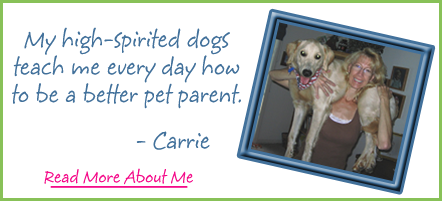
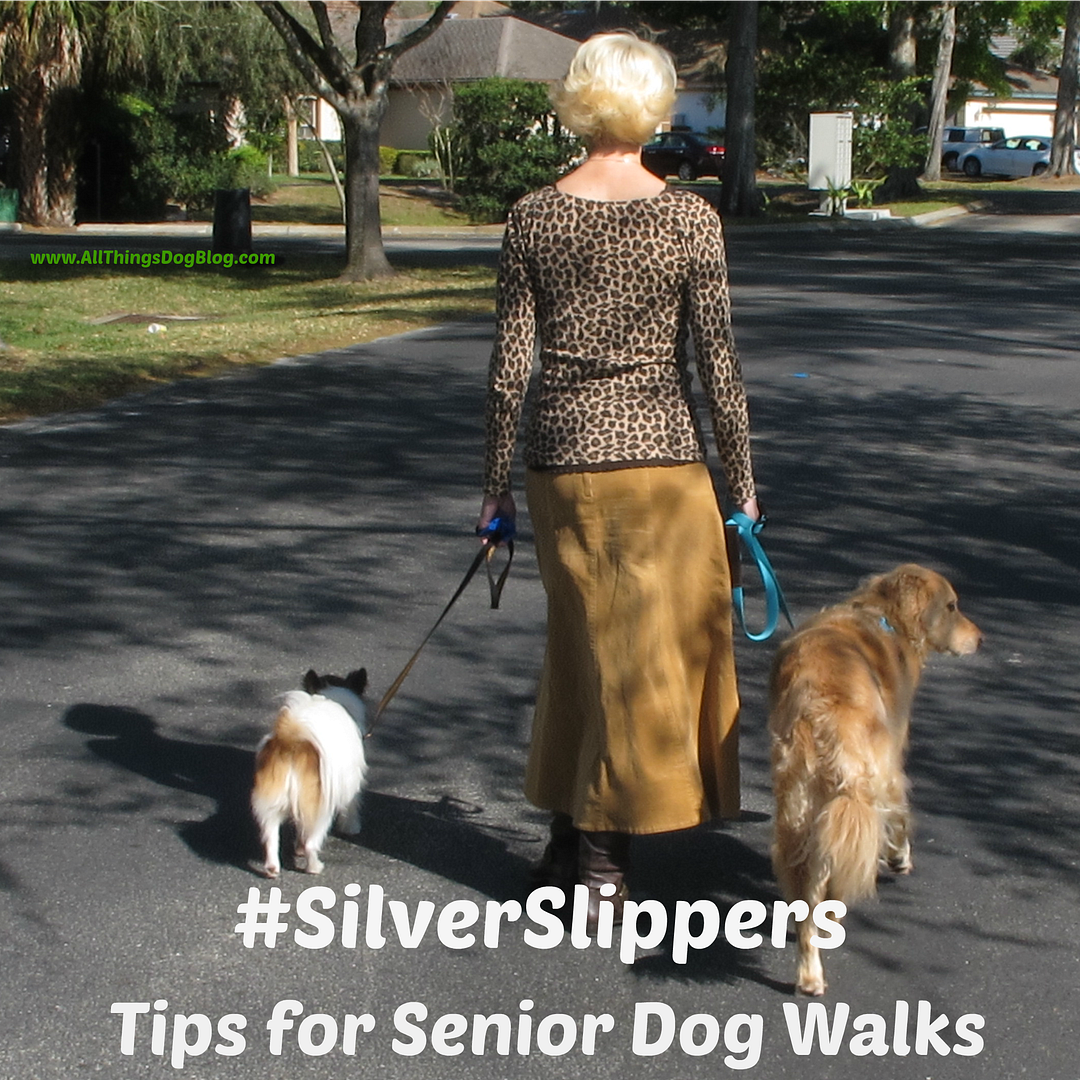






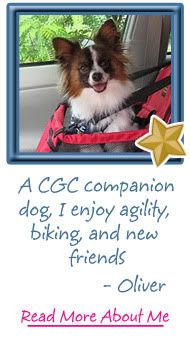





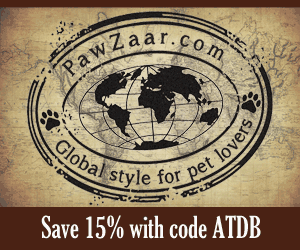



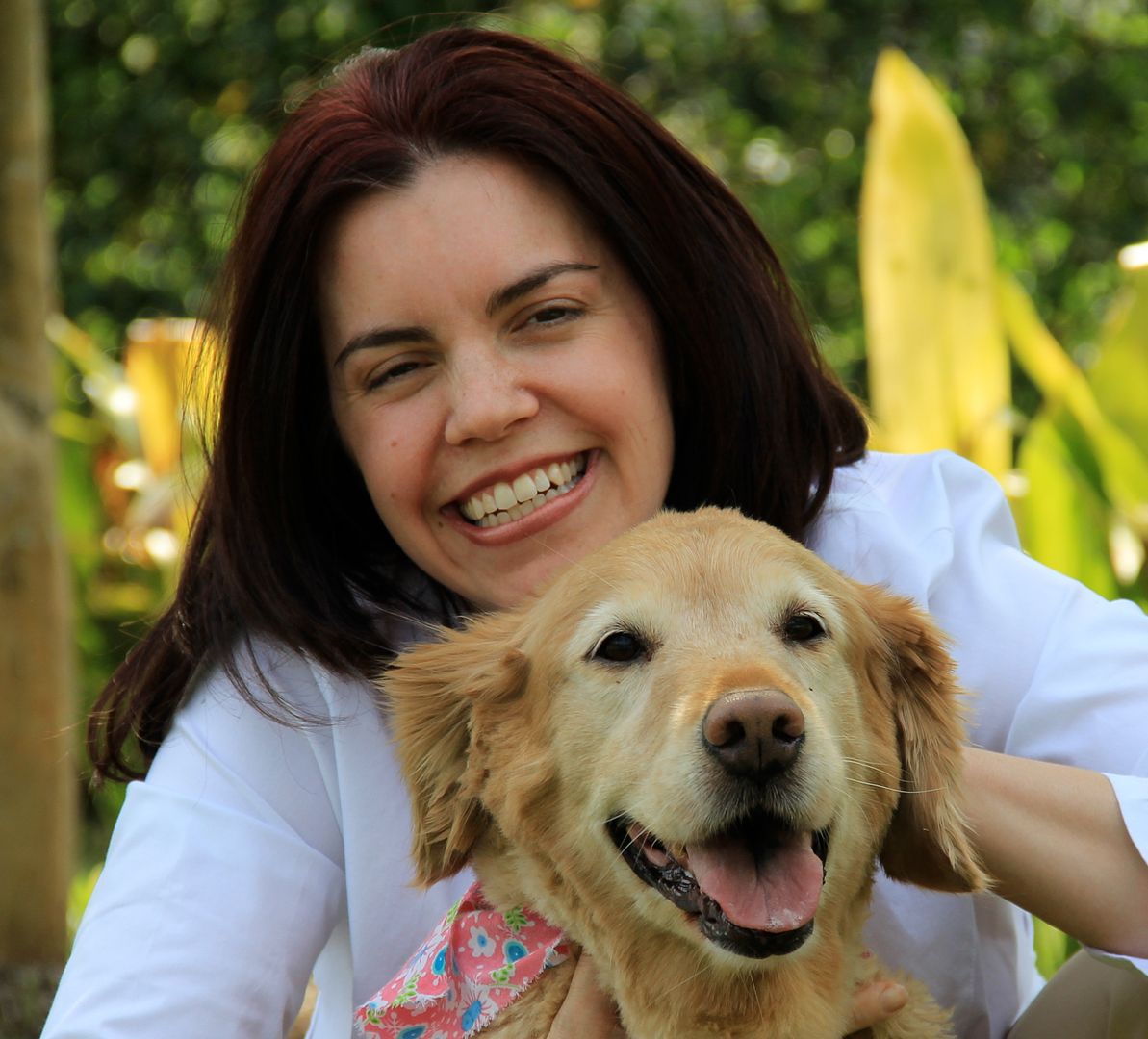



1 comments:
Dog Signs said...
i also own a toy breed puppy and its indeed a huge problem strolling around the park, cause they easily get slicked off from their collar. This blog will surely help me cause i encounter same problem.
Post a Comment